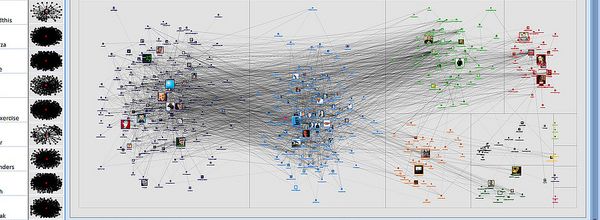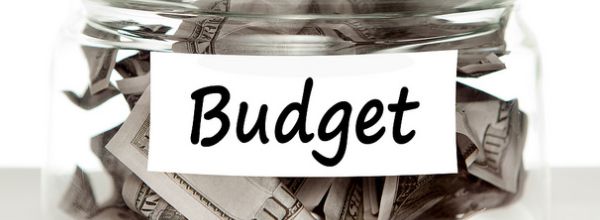Alkaline Lysis vs. Boiling Lysis: Selecting the Ideal Plasmid Isolation Method
Alkaline lysis is ideal when you need high-purity plasmid DNA for applications like cloning. Boiling lysis is a low-cost alternative suitable for routine screening tasks. However, it generally yields lower-purity DNA and is limited to smaller plasmids. This article breaks down the applications of the two approaches.





































